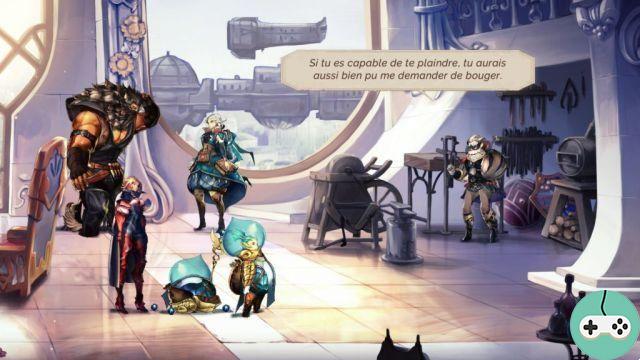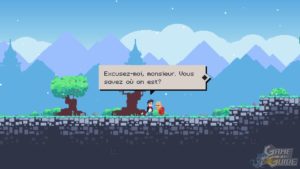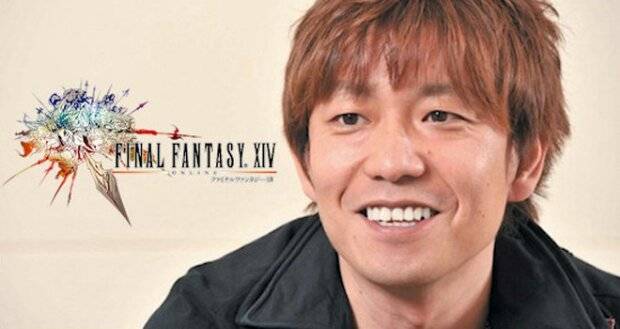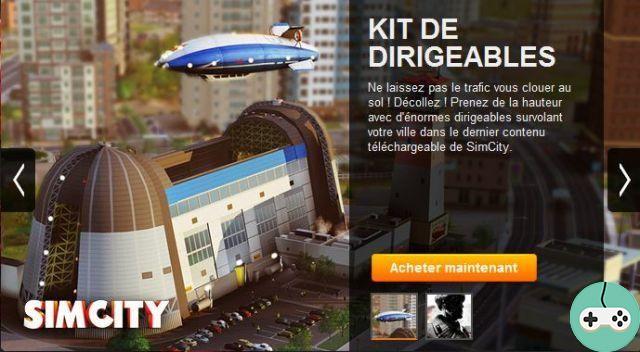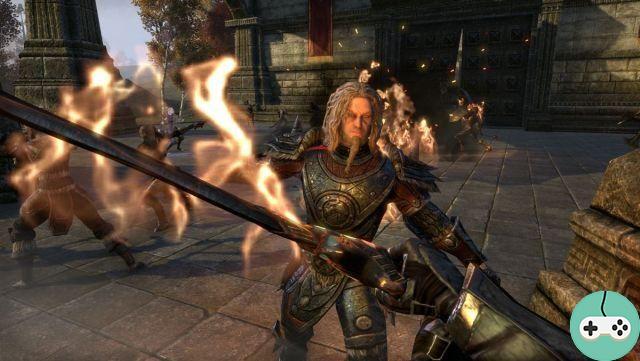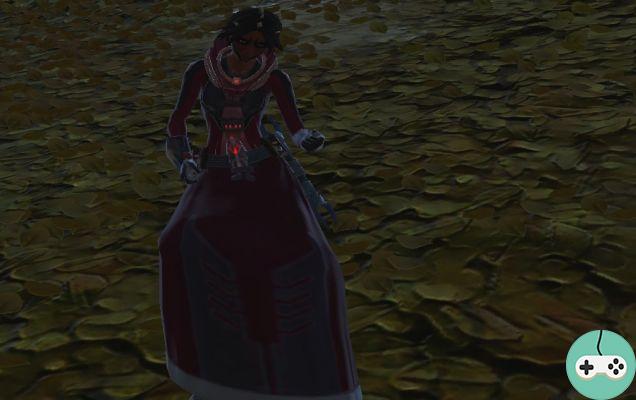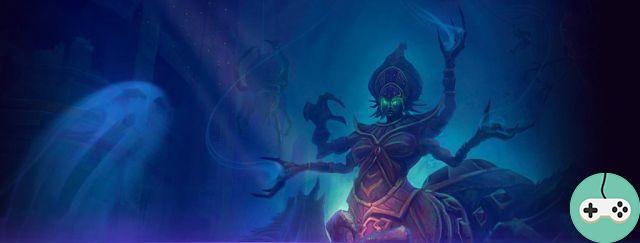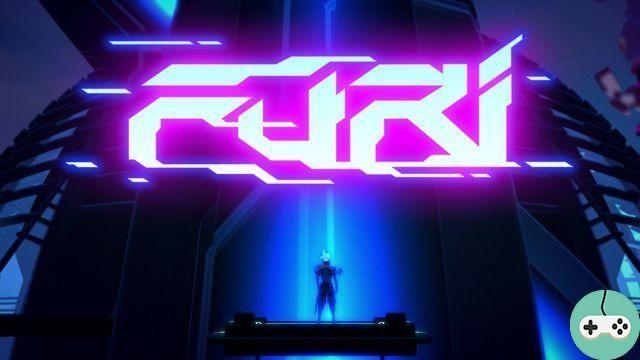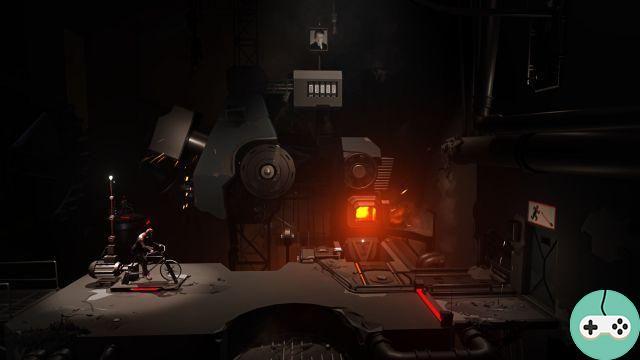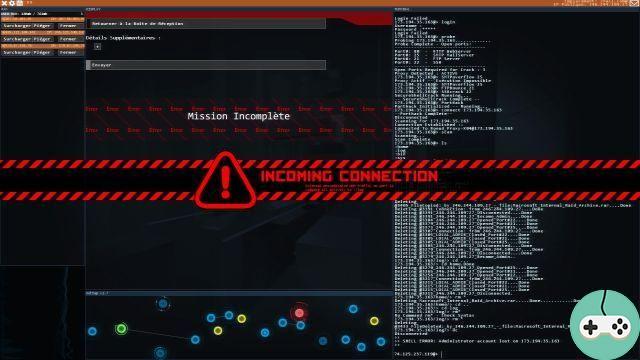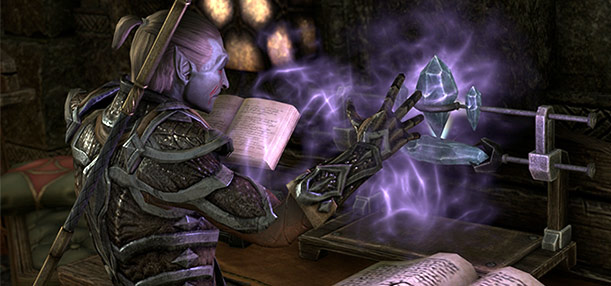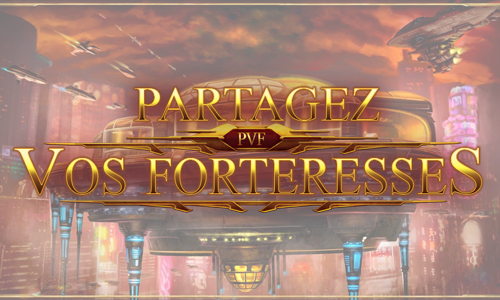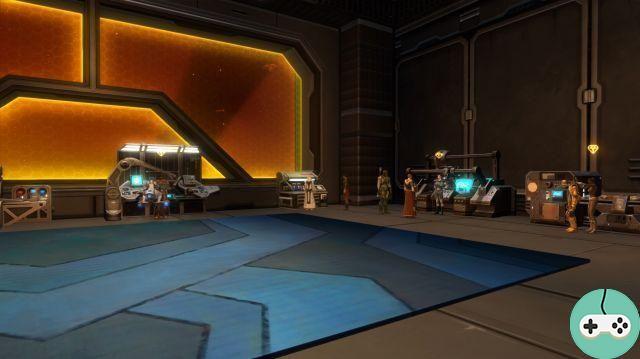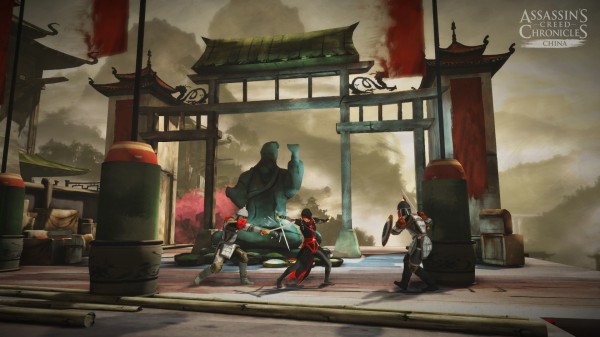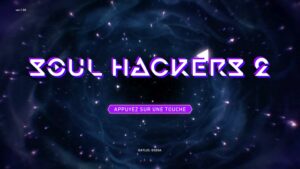Very fond of thinking games, I didn't hesitate for a second to test Sonority, because the mix between the sound side and the puzzle intrigued me a lot. So where does this game stand against the many competitors? The approach is similar to the experience I had had with Mehmorra. Completing the challenges unlocks the paths to the rest of the adventure and expands the story by adding bricks of understanding to the developed universe.
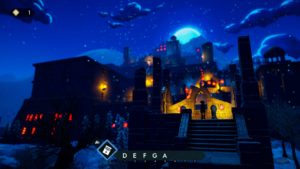
History
Far from the psychedelic shackles of Portal, its story is much less stressful. This is all the more present as the puzzle phases leave room for reflection with calm and relaxing background music. We are therefore far from a game that urges us to always be in the action. Let's just take the time to explore a bit of the adventure that awaits our protagonist.
The developed story begins with the exploration of ruins, with a fantastic side. Indeed, the protagonist is a young woman, friend with a bear endowed with speech. From then on, all the animals that we meet will potentially be able to communicate with her. The first of them is a kind of badger, who will initially be hostile to her, before advising her on the path to take.
I won't give more details, so as not to reveal the story before time, and leave you free to discover the many surprises included.

Support
This adventure is based on a simple, very colorful, almost pastel graphic style. This can be seen clearly in the depictions of the animals, whose fur looks like paint strokes. The animation is sometimes affected by their movements, but it's still far from messy. The style is controlled and voluntary and it changes from the recurring ultra-realism of the Portal copies. This is a welcome bias.
On the other hand, I remain quite skeptical about the staging of the discovery of an area. Many presentation plans are included. The characters remain free to move and it's quite destabilizing, because sometimes they don't do what is expected of them, not to mention the fact that we don't always see the area concerned at this time. I would have preferred that my movements be blocked to present an area, or that I be left free to trigger this aerial shot myself, to have a view from above according to need or desire.
This is all the more true as the camera movements are limited to a rotation in an angle of 90 degrees. Fortunately, with the game still in beta as I write this, the team has already heard this feedback and communicated that there will be changes in the future. This seems all the more important to me since the game doesn't seem to use any construction artifact to improve performance. By this I mean that all the decorations are generated and textured only by the visible side facing us.



Mechanical
Based here on a simple principle linked to musical notes, the puzzle dimension is the main building block on which similar games are based. The originality here is the inclusion of the musical scale in the equation that leads to solving problems. You might think that you need a musical ear to spot the differences, but that's not the case. I myself have a lot of trouble differentiating between two close notes, but that didn't stop me from solving the puzzles offered here.
The basic principle is to constitute a rhythm to move platforms, pylons, whether to make them go up, turn, open doors or chests, etc. By combining these various possibilities, as well as all those that I have not yet unlocked after 2 hours of play, we will have a good range of mechanics to create these puzzles. Accustomed to the style, I didn't have too many problems solving them, at least for those present in the linear story.



If we deviate a little from the path, we will quickly find inaccessible elements, either because we lack an instrument that will unlock later, or because we do not have the musical note in question. . Fortunately, these elements only serve to unlock a "spiral", a kind of reward that can be used to activate stones revealing pieces of the background. To complete the game 100%, you will probably have to go back once all the elements have been unlocked.
For those who would like to know a little more, it will be necessary to rely on the difference between the notes to perform the movements. Notes a step away will allow you to raise or lower a structure. But if they are two tones apart, then the structure will move twice. The order of the notes will give the direction of this displacement. Once this basic is understood, the different puzzles will be more accessible. In fact, if I had chosen the "numerical" writing of the notes from the beginning, I would have understood the principle of subtraction between the values more quickly. It is a pity that it is not better introduced.

My opinion
The story is nice, as was that of Portal in its time. It is well integrated with the mechanics to give a coherent and engaging whole. Time passes quickly and we quickly let ourselves be overwhelmed by the feeling of accomplishment when completing a puzzle that broke our heads.
For those who are afraid, the majority of the difficult things are puzzles that can be skipped, because they are not integrated into the story. But before that, you will have to understand the principle of the mechanics, which was the hardest part in the absence of a written explanation and without looking for solutions online. Once done, it's a shame that I stopped thinking in terms of music rather than in terms of subtraction and addition. To avoid this pitfall, we regret the absence of a louder sound indication to give clues in the resolution. Only chests offer such indications, unless I missed it.
Despite this flaw, I had a good time and I intend to continue the adventure when this game is released on Steam on May 25th.




